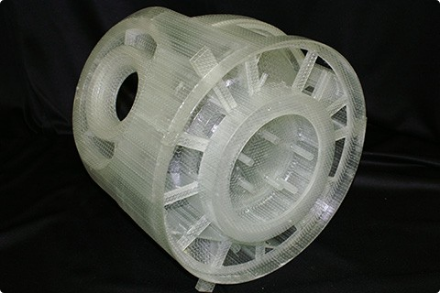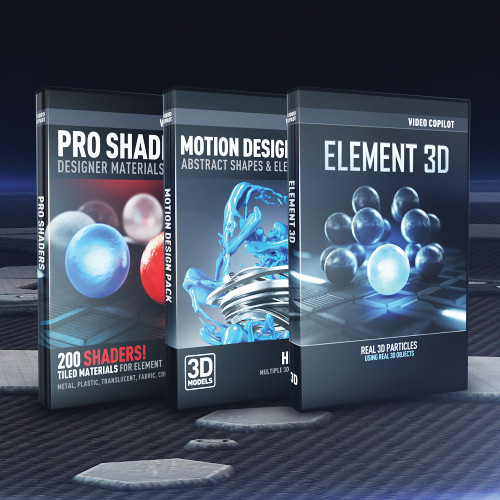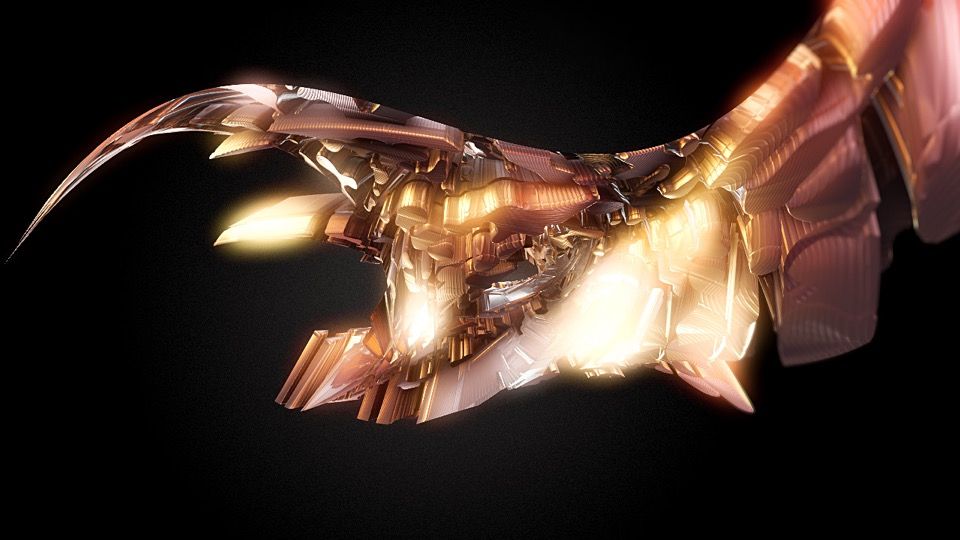


However, currently, due to the decrease in the prices of 3D printers and printing materials, they are used in various sectors of the economy (i.e., in foundries, automotive, space, textiles, and medicine. In the beginning, they were mainly used for the construction of prototypes and models. The highest accuracy of optical measurement was obtained for PJM technology and three variants of location on the printing platform of the 3D printer.Īdditive technologies are becoming increasingly popular in the ongoing Industry 4.0 revolution.

Preliminary results of the research showed that the measurement of the surface topography of the samples made using selective laser sintering technology with the Taysurf CCI optical measuring system is very unreliable, as the number of non-measured points for the analyzed samples was higher than 98%. In addition, to perform comparative measurements, each surface was measured using a contact profilometer Talysurf PGI 1230. Then, the non-measured points were complemented and the topography parameters for the corrected surface were recalculated. The percentage of non-measured points for each sample and the parameters of the surface topography were determined. Measurements of the samples’ surface topography were carried out using a Talysurf CCI Lite optical profilometer and a Talysurf PGI 1230 contact profilometer. The samples were made in three variants of location on the printing platform of 3D printers. The paper presents the results of research aimed at evaluating the surface topography including the analysis of the number of unmeasured points of the samples 3D printed using four additive technologies (i.e., PolyJet Matrix, fused deposition modeling, selective laser sintering, and selective laser melting).


 0 kommentar(er)
0 kommentar(er)
